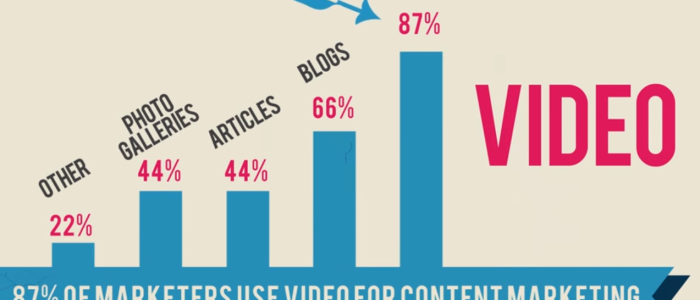
Given the lack of time, Internet surfers are more drawn towards videos that summarize the concept of a product or service, and successfully advertise the same, rather than content and texts that demand much patience. A recent case study published by Search Engine Watch records the success of YouTube contests, where consumers and participants are asked by Intel to post authentically created slow-motion videography, or time lapse photography on MyIntelEdge.
Arrangements were made for three video competitions, and 18 photography contests per week. The prize money that was offered was 50,000 dollars. For this competition, Intel staked the launch of its new Ultrabook product which combined the best features of lightweight laptops and tablets. The company had severely underestimated the power of videos and the YouTube community. Ultimately, Intel was able to make use of the medium of videos and the YouTube platform to engage with potential customers and boost awareness about the product.
The consumption of online videos continue to rise. YouTube alone recorded that consumers had watched as many as 6 billion hours of video on a monthly basis. Brafton also reported a 50% rise in the consumption of video content over the years.
To maintain this momentum, YouTube has announced a number of changes that will benefit both brands and consumers. Publishers will be sent email notifications about uploaded videos, and can practice greater control over the posting and sharing. These changes will reduce the amount of time before publishers can have their videos uploaded to YouTube, and also have greater control over their privacy.
Author’s Bio:- Janet Milano is a full time blogger, Content Marketing expert andSocial Media geek in Orange County, California. She writes articles about latest content marketing tactics, video promotion. Follow her tweets.
Leave a Reply